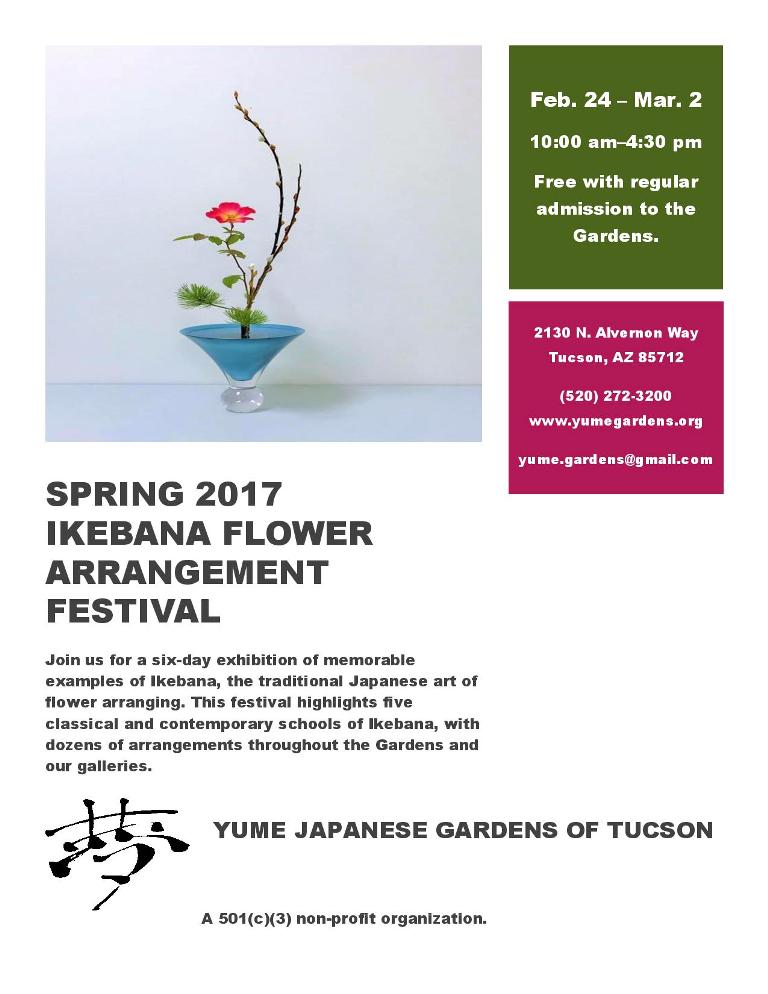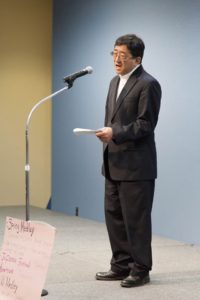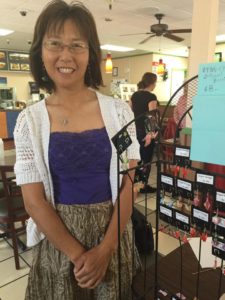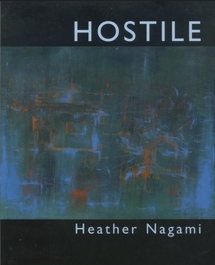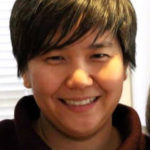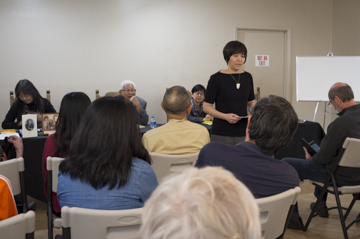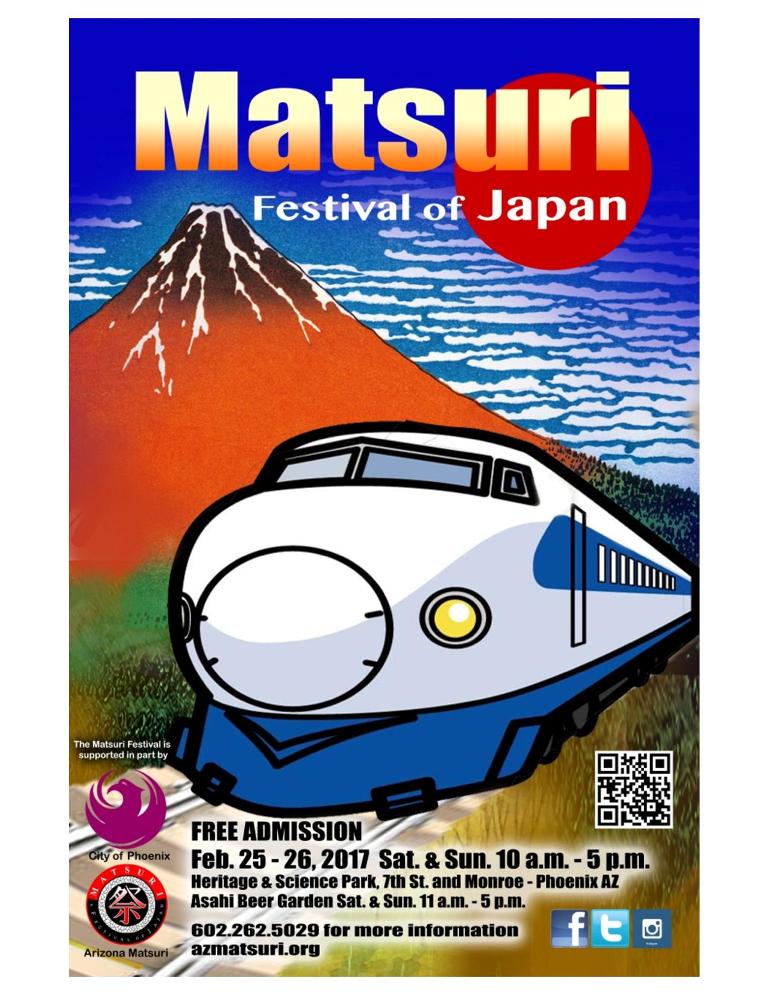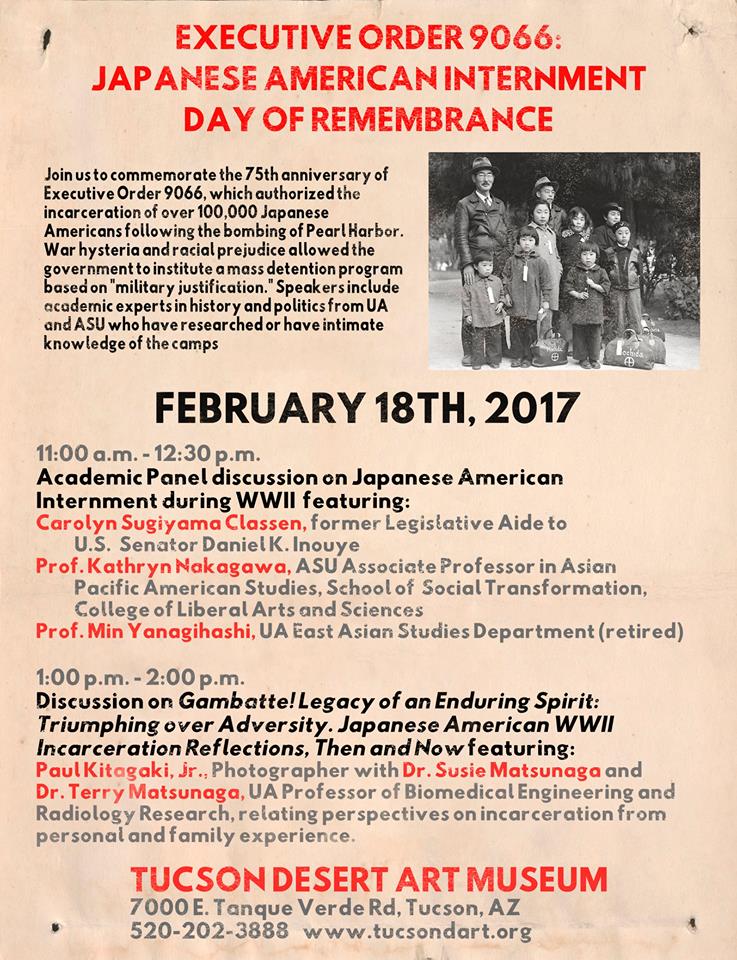www.yumegardens.org for more Information about ikebana classes.
Monthly Archives: February 2017
2017 Haiku Contest winners for Arizona Matsuri
Once again Yukihiro Ibuki (now Interim Director of SAJCC) and active SAJCC volunteer Miki Pimienta have won Outstanding and Honorable Mentions in the 2017 Arizona Matsuri haiku contest, under the Japanese Language section. Both Yuki and Miki are originally from Japan, living now in Tucson. Read their submissions here (page 46 and thereafter):
https://media.wix.com/ugd/f10fde_b2a9fd602d8f460092a310b94fb444f0.pdf
Yuki received three Outstanding awards and Miki received one Outstanding and two Honorable Mentions. Congratulations to both writers for their lovely submissions, two of which are reprinted below.
Miki’s Outstanding haiku:
“二百年生きた証の骨さぼてん Ni hyaku-nen ikita akashi no hone sabo ten
the cactus bones, evidence of its existence two hundred years ago”
Outstanding Haiku Miki, Tucson
One of Yuki’s Outstanding haiku:
“春の雲旅人集うオアシスに Haru no kumo tabibito tsudou oashisu ni
springs clouds, an oasis provided for travellers to gather”
Outstanding Haiku Yukihiro I , Tucson
Excerpts from Poet Heather Nagami’s “Acts of Translation” reading at Day of Remembrance in Tucson
Tucson poet Heather Nagami is Yonsei (4th generation Japanese American), and her Sansei mother Toshiko Edna Togawa was born in Poston Relocation Center, near Parker, Arizona. Poston was one of the largest of the WWII Japanese American internment camps, housing 18,000 civilians.
These excerpts were read by Heather at the Feb. 17, 2017 Day of Remembrance (of E.O. 9066) at the Tucson Desert Art Museum. Two are re-published here by permission of Heather and can be found in her book “Hostile” by Chax Press, 2005. More info about Heather at her website: www.heathernagami.com. Her mother Toshiko was present for this reading of nine poems of “Acts of Translation.”
“III. Figure 10.30. Classroom building at the Poston I elementary school.
Since no arrangements had been made, evacuees built their own classrooms.
“But mom didn’t know if there was going to be one where we were going.”
West of Blocks 19 and 30.
“So, she brought encyclopedias for us and for the other children.”
Sufficient lumber was not available, so they leveled the ground.
“Only one suitcase, you know?”
The others brought bedding, toilet articles, eating utensils and clothing. Walls were created of adobe, a foreign material to most.
“You see how your grandma is? Even back then.”
Mixed mud for bricks, lined hundreds to dry in 115-degree heat. Figure 10.13.
Pouring foundation for school. Which still stands today.”
________
IV. Daughter
Figure ten point. ten point. and they couldn’t?
Intergenerational tension was also a major problem in the relocation centers, especially since Issei and Nisei were very distinct generations.
This book says, “Intergenerational tension was also a major… since Issei and Nisei were very… The majority of Issei leadership had… du da da dah… Pearl Harbor… Nisei gained power and… Once the…
However, use of the Japanese language was restricted: meetings… in English… publications… in English…”
Meetings. Meetings. And publications. What were. But then how did? I don’t think this is…
But auntie spoke going in, didn’t speak going out.
And you, born there, never spoke. Here it says, “meetings.” What is “meetings”?
I don’t think they let grandma speak to
speak to you, when you were born
speak “gohan”
speak
“hashi”
like you
spoke
to me
How did grandma
speak
How did
grandma
speak
how to distinguish shiokarai from karai?
What words, what, what, English? Shiokarai. Salty? Strong, biting taste, like shoyu? No, like, like, soy sauce, right? And karai is, is “hot”, like, like, hot like wasab No, no, like, horseradish. Don’t eat that. Hot, like horseradish.”
__________
3 exhibits with photography, art and artifacts on the WWII Japanese American internment camps are ongoing at the Tucson Desert Art Museum, 7000 E. Tanque Verde Rd. until April 30, 2017. Some of Heather’s works are included in this exhibit.
Arizona Matsuri in Phoenix on February 25 and 26, 2017
This is the biggest Japanese cultural festival in the State of Arizona, all free for 2 days in downtown Phoenix. Event schedule is published at www.azmatsuri.org, with four stages of entertainment this year. Odaiko Sonora taiko drummers and Suzuyuki Kai traditional dancers (both from Tucson) will be performing as usual.
Odaiko Sonora taiko drummers’ performance: Sat.2/25 at 10:45 am on ASU Stage at ASU Center Court.
Mari Kaneta’s Suzuyuki Kai traditional dance troupe performing Sat. 2/25, 2:30 pm at Plaza Stage (6th St. x Adams), also on Sun. 2/26, 1:30 p.m. same stage.
Day of Remembrance on Feb. 18, 2017 in Tucson
Poet Heather Nagami will read “Acts of Translation” at 12:30 p.m. Her family was interned at several camps during WWII, along with the other 120,000 innocent U.S. Citizens, half of whom were children. ASU Prof. Kathryn Nakagawa‘s family was also interned, and Carolyn Classen‘s father Francis Sueo Sugiyama “voluntarily” fled to Chicago from LA before the camp round up in 1942. About 5000 other people voluntarily left that Western Defense Command area as well.
Join us in remembering Feb. 19, 1942 when E.O. 9066 was signed by U.S. President Franklin D. Roosevelt, and applied only to intern Japanese Americans during WWII.
Post event: Panelist (and blogger) Carolyn Classen posted her remarks in Blog for Arizona: http://blogforarizona.net/former-u-s-senate-aide-carolyn-sugiyama-classen-creation-of-national-commission-which-investigated-the-wrong-done-to-wwii-japanese-americans/

